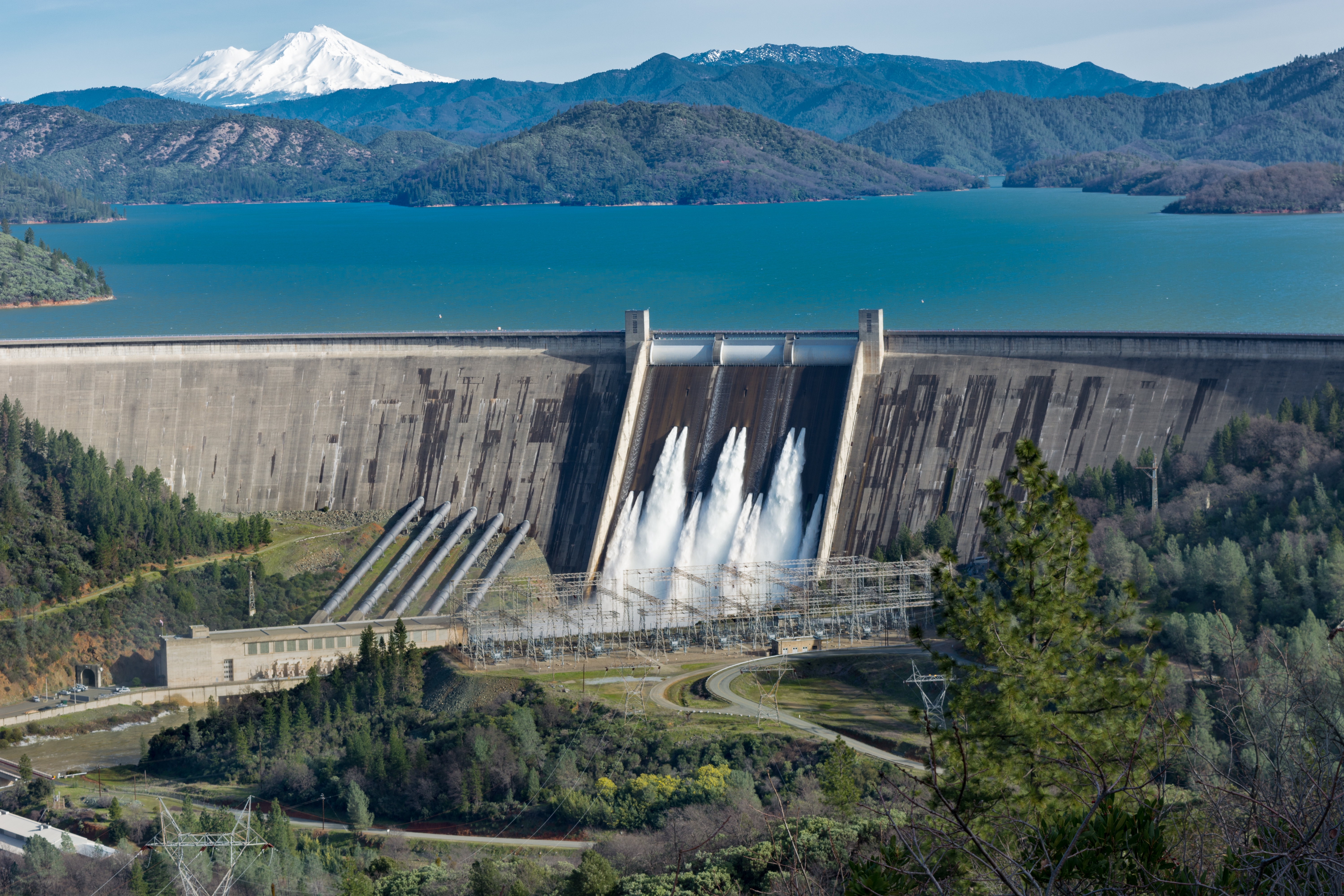In many rural communities of South Africa, a critical water infrastructure problem often leads to water scarcity. So, many people in these communities need a steady supply of pure water. Because of the many critical challenges, significant work must be done to address this issue from the root using the Fourth and Fifth Industrial Revolutions (4IR/5IR).
In short, the Fourth Industrial Revolution (4IR) focuses on automation and efficiency. At the same time, the Fifth Industrial Revolution (5IR) aims to match technological advancements and people's values, ingenuity, and emotional intelligence (Onyango & Ndege, 2020).
Water Infrastructure and Scarcity
Stoll (2024) said that both worsening infrastructure and the increase in human population in South Africa have worsened the problem of water scarcity, making the locals take strict ways to save water. Residents had to line up along crowded communal taps, drill boreholes without assurances, and, to a greater extent, prefer polluted underground water as there were decrees aimed at cutting down water consumption radically.
The local municipalities' crisis response teams only offer minor relief since there is limited clean fresh water. Recent reports from the Department of Water and Sanitation (DWS) paint a concerning picture of South Africa's water management crisis. Alarming statistics reveal that 46% of drinking water systems fail to meet basic microbiological standards, putting public health at risk. Even more troubling is that 67.6% of wastewater treatment plants fail to adequately process sewage, leading to environmental damage and health hazards. Furthermore, 40.8% of water is either lost due to leaks or needs to be accounted for, raising serious questions about the country's ability to manage this vital resource effectively (Thorne, 2024).
Therefore, it is imperative to necessitate innovative solutions that leverage digital technologies, data analytics, and sustainable practices to enhance water security and management.
What will these technologies do, and how will these areas benefit?
With the strategic employment of essential technologies like IoT sensors, AI-driven water management systems, bio-sand filters, solar-powered pumps, and data analytics, it will be easier to manage rural water systems effectively, technologies that can transform the lives of those in need. The presidency (2024) issued that the President Cyril Ramaphosa signed the South African National Water Resources Infrastructure Agency (NWRIA) Bill into law.
It is imperative that this NWRIA use the 4IR/5IR technologies, as its goal is to implement water resource management infrastructure, manage national resources, generate revenue from water sales, and raise commercial funding (Thorne, 2024). These goals require the integration of the mentioned modern technologies to optimize water usage, collect data on water quality, flow rates, and equipment performance, and detect leaks in real-time. The sensing techniques, such as satellite imagery, can provide valuable insights into water bodies and infrastructure conditions. AI can analyze data and predict potential problems, enabling proactive maintenance and repairs.
With an aggressive integration of 4IR/5IR technologies, NWRIA and other water-related projects can avoid falling short of their mandates, perpetuating inefficiencies in the nation's water infrastructure.
Are These Rural Areas Ready for Tech-Driven Water Solutions?
It is broadly recognized that managing and monitoring assets and treatment plants in South Africa's rural areas is more challenging due to geographical barriers and, in some cases, a complete lack of infrastructure, appropriate digital skills and capacity, and resistance to change, to name a few.
Urban areas have better infrastructure, skilled professionals, better access to financial resources, and, importantly, higher awareness and acceptance of new technologies.
The study by Dolo (2019) notes that many municipalities in the Eastern Cape lose over 50% of their water through leaks. While tech-driven solutions like AI and IoT could help detect and prevent leaks, this would primarily benefit urban areas where the infrastructure already exists. Rural areas would struggle to gain the same benefits without a reliable network.
It is further discussed that poverty is still prevalent in rural areas, and many communities rely on free water from the government. These economic constraints make it difficult for rural areas to invest in or maintain tech-driven water solutions, unlike urban areas with better funding access and skilled personnel. This emphasizes that rural areas like Eastern Cape are not ready to reap the benefits of 4IR/5IR technologies.
What are challenges and opportunities
Rural areas in South Africa predominantly rely on untreated water sources such as rivers, boreholes, or communal standpipes, which need more infrastructure for effective water distribution (Dolo, 2019). This reliance on inadequate sources makes it challenging to implement tech-driven solutions that assume the presence of treated water systems.
Furthermore, the combination of limited funding, high maintenance costs, a shortage of skilled workers, and inadequate training exacerbate the difficulty of introducing modern water technologies. By addressing these underlying issues, tech solutions alone can likely solve rural water challenges.
Opportunities for tech-driven water solutions in South Africa are vast but hinge on several key factors. The recent establishment of the NWRIA and the government's commitment to 4IR technologies provide a strong policy foundation for integrating innovative water management solutions. Renewable energy, particularly solar-powered water pumps, offers sustainable solutions for off-grid rural areas, while hybrid energy systems combining solar, wind, and hydropower present even more opportunities. Low-cost filtration systems like bio-sand filters and decentralized treatment options bring immediate water quality improvements without massive infrastructure investments.
However, these opportunities may remain underutilized without addressing fundamental infrastructure and management issues. When these technologies are properly applied, they can revolutionize water management, ensuring that even the most remote communities have access to clean, reliable water resources while promoting long-term sustainability and resilience.
